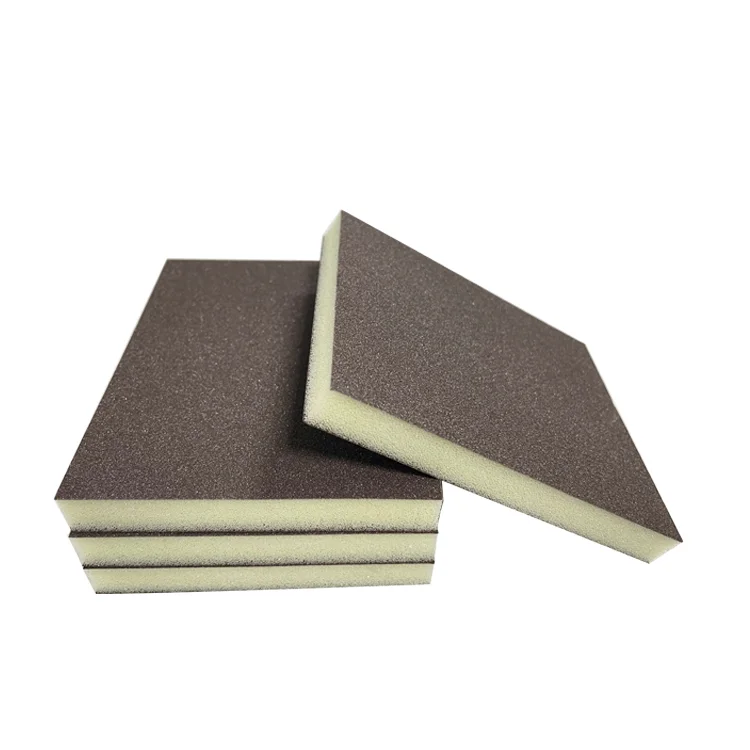Waterproofing is a critical aspect of construction and maintenance that ensures the longevity and durability of structures. Whether you are dealing with a residential property, commercial building, or infrastructure project, understanding the best methods for waterproofing can save you from costly repairs and extensive damage caused by water infiltration. In this comprehensive guide, we will explore various waterproofing techniques, their applications, and the factors to consider when choosing the best method for your specific needs.
Understanding the Importance of Waterproofing
Water damage can lead to a myriad of problems, including mold growth, structural deterioration, and compromised indoor air quality. The primary goal of waterproofing is to prevent water from penetrating surfaces and to manage moisture effectively. This is especially crucial in areas prone to heavy rainfall, flooding, or high humidity. By implementing the right waterproofing solutions, property owners can protect their investments and ensure a safe living or working environment.
Key Waterproofing Methods
- Membrane Waterproofing Membrane waterproofing involves the application of a waterproof barrier, typically made from materials like PVC, TPO, or EPDM, to surfaces that are susceptible to water exposure. This method is particularly effective for flat roofs, balconies, and below-grade applications. Membranes can be either sheet-based or liquid-applied, providing flexibility in installation.
- Advantages: Durable, resistant to UV rays, and can be installed in various weather conditions.
- Disadvantages: Requires skilled labor for proper installation and can be costly.
- Cementitious Waterproofing Cementitious waterproofing is a popular choice for basements and water tanks. This method uses a mixture of cement, sand, and water-resistant additives to create a thick, impermeable layer. It is easy to apply and can be painted directly onto surfaces.
- Advantages: Cost-effective, easy to apply, and suitable for both interior and exterior surfaces.
- Disadvantages: Limited flexibility, which may lead to cracking if the substrate shifts.
- Liquid Waterproofing Membranes Liquid waterproofing membranes are applied as a liquid and cure to form a seamless, flexible barrier. This method is ideal for complex surfaces and areas with intricate details, such as around pipes and vents.
- Advantages: Seamless application, excellent adhesion, and flexibility to accommodate movement.
- Disadvantages: Requires multiple coats for optimal performance and can be sensitive to temperature during application.
- Bituminous Waterproofing Bituminous waterproofing involves the use of asphalt-based materials, either in the form of sheets or liquid. This method is commonly used for roofs and foundations due to its excellent waterproofing properties.
- Advantages: Highly effective against water penetration and can withstand extreme weather conditions.
- Disadvantages: Can be heavy and may require additional structural support.
- Drainage Systems While not a waterproofing method in the traditional sense, effective drainage systems are crucial for managing water flow and preventing moisture buildup. Installing French drains, sump pumps, and proper grading can significantly reduce the risk of water damage.
- Advantages: Prevents water accumulation and reduces hydrostatic pressure on structures.
- Disadvantages: Requires ongoing maintenance and may not be sufficient on its own.
Factors to Consider When Choosing a Waterproofing Method
- Type of Structure: The choice of waterproofing method often depends on the type of structure and its specific vulnerabilities. For example, basements may require different solutions compared to flat roofs.
- Environmental Conditions: Assess the local climate and environmental factors, such as rainfall intensity and soil composition, to determine the most effective waterproofing strategy.
- Budget: Consider the cost of materials and installation. While some methods may have a higher upfront cost, they may offer better long-term protection and savings.
- Longevity and Maintenance: Evaluate the expected lifespan of the waterproofing solution and the level of maintenance required to keep it effective.
- Aesthetic Considerations: For visible areas, such as balconies or terraces, consider how the waterproofing method will affect the overall appearance of the space.
Conclusion
Selecting the best method for waterproofing is a multifaceted decision that requires careful consideration of various factors, including the type of structure, environmental conditions, and budget constraints. By understanding the strengths and weaknesses of each waterproofing technique, property owners can make informed choices that protect their investments and enhance the longevity of their structures. Whether you opt for membrane waterproofing, cementitious solutions, or effective drainage systems, the key is to prioritize quality and professional installation to achieve the best results.

